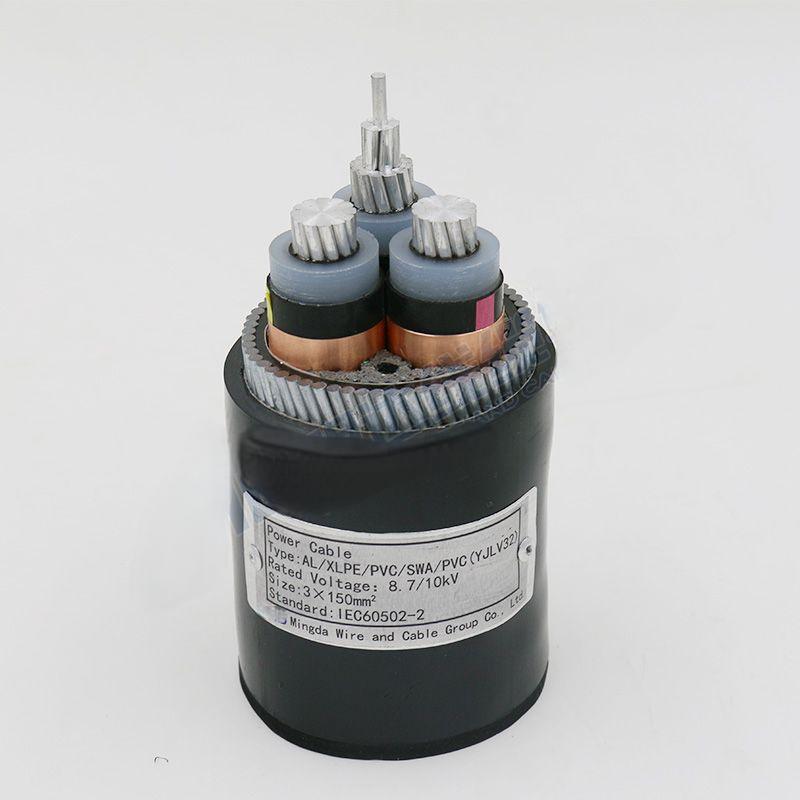Σεπ . 09, 2024 12:07 Back to list
single plate check valve
Understanding Single Plate Check Valves
A single plate check valve is a vital component in various fluid systems, ensuring unidirectional flow to prevent backflow. Unlike traditional check valves, which can be bulky and somewhat complex, the single plate design offers a more streamlined and efficient solution, making it a preferred choice in numerous applications.
Design and Functionality
The single plate check valve consists of a flat disc or plate that pivots around a hinge. When fluid flows in the intended direction, the plate swings open, allowing flow. However, if the flow reverses, the plate swings shut, effectively blocking any backflow. This simple yet effective mechanism minimizes the risk of damage to pumps and other equipment that can occur from unintended flow reversal.
This design is particularly advantageous in systems where space is limited. The compact nature of the single plate check valve allows for installation in tight spots without compromising on performance. The lightweight aspect also contributes to easier handling and reduced installation costs compared to more cumbersome valve types.
Applications
Single plate check valves are commonly used in various industries, including water treatment, HVAC systems, and oil and gas. In municipal water systems, they prevent contamination by ensuring that treated water does not flow back into the supply line. In HVAC applications, they help maintain system integrity by preventing backflow that can lead to inefficiencies or damage.
single plate check valve

In the oil and gas sector, single plate check valves are critical in pipelines where the management of pressure and flow is crucial. Their reliable performance in high-pressure conditions makes them suitable for transporting liquids and gas, ensuring process stability and safety.
Advantages
One of the primary advantages of single plate check valves is their low flow resistance. The streamlined design creates less turbulence compared to traditional swing check valves, leading to improved energy efficiency in hydraulic systems. Additionally, the single plate structure reduces the risk of clogging and facilitates a smoother passage for the fluid, ensuring reliable operation.
Another significant benefit is the ease of maintenance associated with these valves. With fewer moving parts compared to multi-plate or traditional check valves, the single plate design is less prone to wear and tear. Routine inspections and basic maintenance can usually be performed without the need for extensive disassembly, leading to reduced downtime and maintenance costs.
Conclusion
In conclusion, single plate check valves represent a sophisticated advancement in fluid control technology. Their efficient design, ease of maintenance, and reliability make them indispensable in various industrial applications. As industries continue to prioritize efficiency and safety, the adoption of single plate check valves is likely to grow. Whether in water treatment, HVAC, or oil and gas, understanding and utilizing this valve technology will contribute to the overall effectiveness and longevity of fluid systems. Embracing such innovations is essential for any entity aiming to enhance operational efficiency and sustainability.
Share
-
Reliable Wafer Type Butterfly Valves for Every IndustryNewsJul.25,2025
-
Reliable Flow Control Begins with the Right Ball Check ValveNewsJul.25,2025
-
Precision Flow Control Starts with Quality ValvesNewsJul.25,2025
-
Industrial Flow Control ReliabilityNewsJul.25,2025
-
Engineered for Efficiency Gate Valves That Power Industrial PerformanceNewsJul.25,2025
-
Empowering Infrastructure Through Quality ManufacturingNewsJul.25,2025